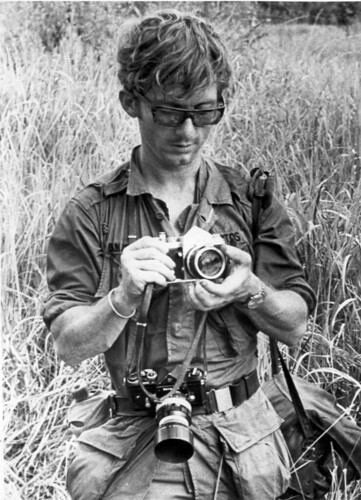The role played by the media in this confrontation was quickly pointed out. In fact it was the first time a war had this media coverage. American citizen would have radio broadcasts and photos to see the supposed reality of the war their soldiers are engaged in. In the previous wars governments could say whatever they wanted to their people. Propaganda was then a national sport. But from then on media coverage brought an other voice to tell the story, an other eye to see it happening.
This is very interesting to notice that the images and oral broadcasts in the Vietnam were in contradiction with the reality of the situation. That is to say that eventhough U.S. Forces were taking over the Vietnamese Army the media coverage was showing the opposite. Instead of helping in building a victory the images led to debacle. This is the time protests became even stronger and artists such as Joan Baez, Jimi Hendrix or Bob Dylan publicly took part in these protests.
Vietnam War is a perfect example in order to show what can be the influence and the effects of the media coverage. Making something public always have consequences as the transmitter is never objective. That is to say the message does not exist on its own but is always surrounded by the opinion of its transmitter. The american media coverage didn't show the opposite of the situation on purpose but despite them. This is a lesson that is to be taken. Showing and describing always bring a new sens.
Here is a video you might appreciate.



No comments:
Post a Comment